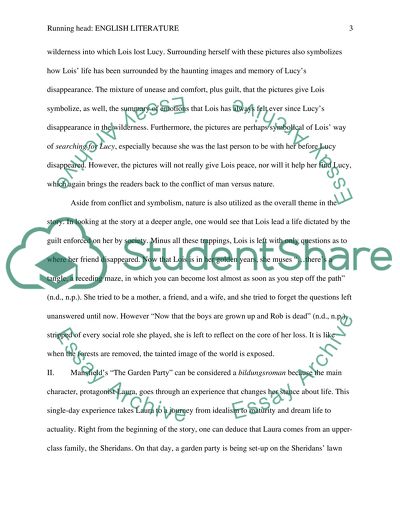Margaret Atwood's Death by Landscape & A buldingsroman Essay. Retrieved from https://studentshare.org/literature/1481296-margaret-atwood-s-death-by-landscape-a
Margaret Atwood'S Death by Landscape & A Buldingsroman Essay. https://studentshare.org/literature/1481296-margaret-atwood-s-death-by-landscape-a.


